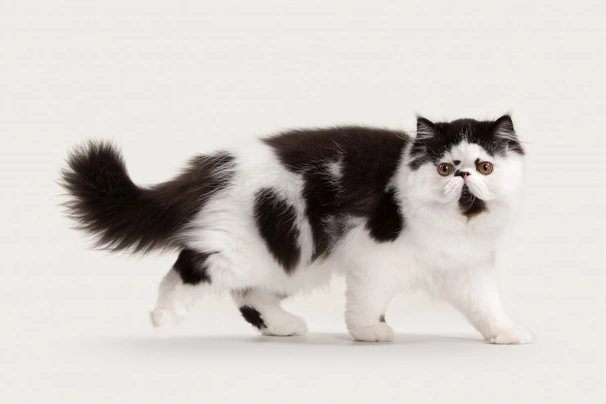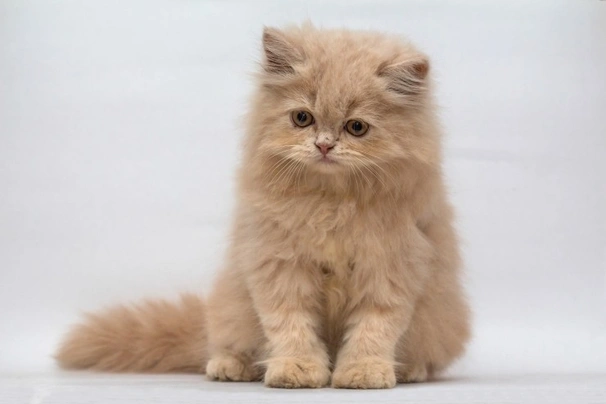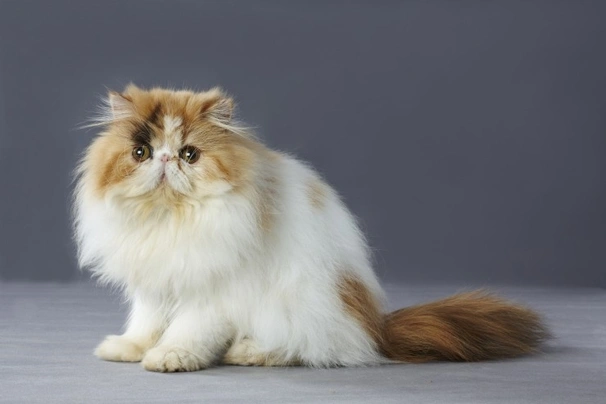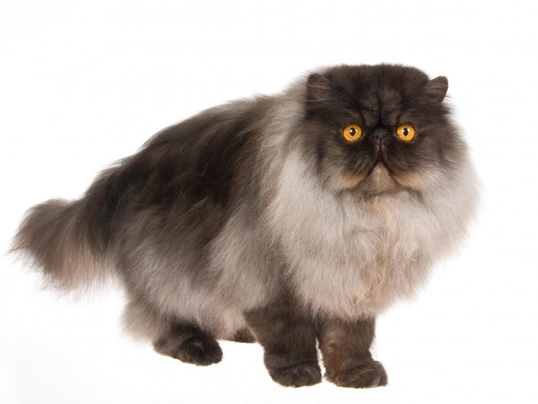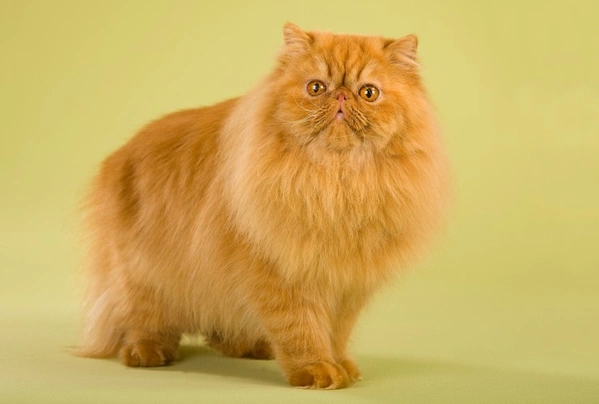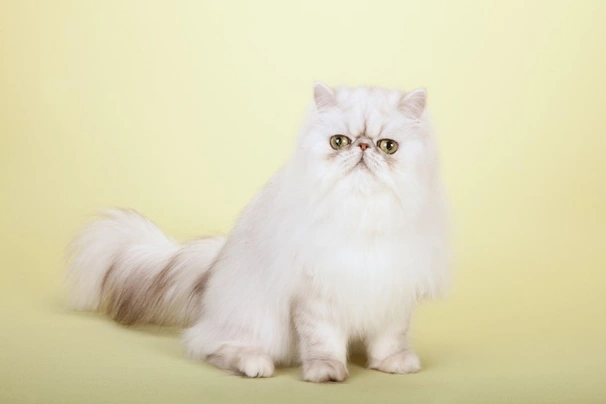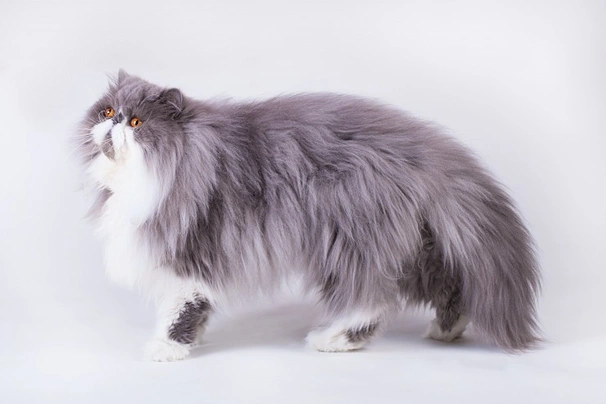Pets
Pets for studWanted petsBreedersAccessories & services
Knowledge hub
Support
Support & safety portalPersian
Introduction of the Persian
The Persian cat has been one of the most popular breeds for decades and for good reason. They are not only glamorous with their long flowing luxurious coats but they boast having extremely sweet natures too. They are medium to large in size and although they are intelligent they like to contemplate things before they take any action. Persians have wonderfully expressive eyes which is just one of the reasons why they have found their way into the hearts and homes of cat lovers the world over and why they have consistently remained a popular choice in the UK both as companions and family pets.
History of the Persian
The actual history of the Persian cat remains a mystery simply because records were not kept of the breed until more recent times. What is known is that these charming cats have existed for centuries and that Persians were exhibited at the first cat show ever held in the United Kingdom at Crystal Palace in 1871. It was at this time that early enthusiasts of the breed drew up the standard of Persians we see today. In fact the breed has not changed that much since they first appeared in England however because of their short noses responsible breeders do their best to make sure cats are bred carefully to ensure noses are not too snubbed which could cause Persians to suffer serious breathing issues.
One of the more popular stories and one which is quite well documented is that these charming cats were introduced to Italy in 1620 by Pietro della Valle when he imported jewels spices and silks that he sourced in Persia. At around the same time Nicholas-Claude Fabri de Peiresc imported longhaired cats to France which he had found in Turkey. These cats were originally called Angoras which at the time was the capital of Turkey and which is now Ankara. There is some belief that these two cats were indeed one and the same breed.
However there is also some belief that these longhaired cats were the result of crossbreeding cats that were of Egyptian descent. This story is backed by early Egyptian hieroglyphics found on the walls of ancient tombs. The fact these cats boasted longer coats meant they were well suited to the often colder climates of both Turkey and Persia. Today the Persian cat is one of the most popular breeds throughout the world including in the UK thanks to their sweet kind natures and their adorably charming looks.
Appearance of the Persian
The Persian is a medium to large cat that boasts having a muscular well-developed quite cobby-type body. They have rather short legs but this does not detract from a cat's powerful appearance. They have nicely rounded very large heads and huge eyes which always have a sweet and gentle expression in them. They have snubbed noses with a nice central break in between the eyes. Characteristically a Persian's rounded head should be high above their noses while their chins are nicely below it. Ears are rounded and small being set wide apart on a cat's head and which follow its contour. Their ears are well furnished and not that open at the base.
A Persian has lovely full cheeks and a nicely rounded forehead. Their chins are strong and muzzles are full with cats having powerful broad jaws. Necks are thick and short. They can have a medium or large size body which is rather cobby looking with cats having deep broad chests huge shoulders and well-muscled rumps. They have short thick and powerful legs with large round shaped tufted paws and nice firm pads. They have five toes on their front feet but only four on their back ones. Tails are short and extremely bushy which Persians like to flick to side to side to show their emotions.
When it comes to their coat the Persian boasts having a luxurious long and thick coat that's fine to the touch. Cats have full frills covering their shoulders and then continuing down between their front legs. They come in many colours which includes the following:
- Smoke Persian
- Chinchilla
- Golden Persian
- Shaded Silver Persian
- Cameo
- Pewter
- Tabby Persian
- Tortoiseshell
- Tortie and white
- Bi-Colour Persian
- Colourpoint
Temperament of the Persian
Like a lot of other breeds the Persian likes to have a routine in their life and don't particularly like it when anything changes for any reason. They like to be fed at the same time of the day and don't appreciate it when furniture gets changed around the home. They are renowned for their sweet and gentle natures which is just one of the reasons why they make such marvellous family pets and companions. With this said Persians like a calm and quiet environment rather than a boisterous and noisy one. As such although they get on well with younger children they are best suited to households where the kids are slightly older and who therefore know how to handle cats and how to behave around them as well as when to leave their pet alone.
Persians are not overly talkative and they have sweet quiet voices. Their main way of communicating their feelings with an owner is by way of their eyes which are incredibly expressive. Unlike many other breeds the Persian likes to keep their feet on the ground and are more likely to be found draped over the back of a comfy chair than on top of a high bookcase.
As previously mentioned they adore being around their owners and will happily accept being petted whenever they can. However they are not overly demanding by nature and as such they are quite happy to be left on their own but never for extended periods of time.
Intelligence / Trainability of the Persian
Persians are smart cats but they never do much very quickly preferring to take them time and contemplate things before they react which means they are slower to respond to anything but when they do there's no stopping a Persian from having lots of fun. They do like playing interactive games like chase the toy on a string and "fetch" which they thoroughly enjoy. Although they love spending time with their owners a Persian is not clingy or demanding which means that as long as they have lots of toys to play with and nice cosy places to snuggle up in they are quite happy to be left on their own but never for too long.
Children and other
Persians with their laid back affectionate personalities are the perfect choice for families with children. They are very tolerant around children of all ages which is just one of the reasons why they have consistently remained one of the most popular family pets in the UK. However care has to be taken when very young children are around cats and any interaction should always be well supervised to make sure things stay nice and calm. With this said children need to be taught how to behave around cats and when to leave them alone especially as Persians prefer a quiet and calm environment rather than a noisy one.
They also get on well with dogs especially if they have grown up together. However care has to be taken when introducing a Persian to dogs they don't already know just in case the dog does not get on with their feline counterparts. They are incredibly social and laid back by nature and have been known to get on with smaller animals and pets. However it's always wiser to keep a close eye on any cat when they are around small pets just in case.
Health of the Persian
The average life expectancy of a Persian is between 15 and 18 years when properly cared for and fed an appropriate good quality diet to suit their ages.
The Persia is known to be a healthy breed although being brachycephalic breed they are prone to breathing issues. With this said they can suffer from a few hereditary health issues which are worth knowing about if you are planning share your home with one of these charming cats. The conditions that seem to affect the breed the most include the following:
- Polycystic kidney disease (PKD) - breeders should have stud cats DNA tested
- Progressive retinal atrophy (PRA) - breeders should have stud cats DNA tested
- Breathing issues
- Skin problems
- Eye problems
Caring for the Persian
Persians need to be groomed on a regular basis to make sure their coats and skin are kept in top condition. On top of this cats need to be fed good quality food that meets all their nutritional needs throughout their lives which is especially true of kittens and older cats.
Grooming of the Persian
Persians boast having long luxurious coats and as such they are high maintenance on the grooming front. Their coats need brushing on a daily basis to prevent any knots or tangles from forming. Like other cats they tend to shed the most in the Spring and then again in the Autumn when more frequent brushing is usually necessary to keep on top of things. Persians love the one-to-one contact they are given when they are being groomed and it helps strengthen the bond they have with their owners.
A Persian's eyes need to be regularly wiped to prevent a build of crust and to remove any tear staining. It's also important to check a cat's ears on a regular basis and to clean them when necessary. If too much wax is allowed to build up it can lead to a painful infection which can be hard to clear up. In short prevention is often easier than cure with ear infections. Cats often suffer from ear mites which can be a real problem which is why it's so important to check their ears on a regular basis.
Exercise of the Persian
Persians are not high-energy cats but they do enjoy playing interactive games with their owners when they are around and when they are not napping that is. They tend to play in short bursts and when they move they do so at their own pace. However when a Persian decides to chase a toy they are fast on their short legs and will happily retrieve an object so it can be thrown for them again.
Cats kept as indoor pets need to be given lots of things to do and places to hide when they want to just keep out of the way. They also need to have lots of cosy places they can snuggle up for a snooze when the mood takes them because like all cats Persians love to snooze the day away.
Feeding of the Persian
If you get a Persian kitten from a breeder they would give you a feeding schedule and it's important to stick to the same routine feeding the same kitten food to avoid any tummy upsets. You can change a kitten's diet but this needs to be done very gradually always making sure they don't develop any digestive upsets and if they do it's best to put them back on their original diet and to discuss things with the vet before attempting to change it again.
Older cats are not known to be fussy eaters but this does not mean they can be given a lower quality diet. It's best to feed a mature cat several times a day making sure it's good quality food that meets all their nutritional requirements which is especially important as cats get older. It's also essential to keep an eye on a cat's weight because if they start to put on too much it can have a serious impact on their overall health and wellbeing. Like all other breeds Persians need access to fresh clean water at all times.
Persian price
If you are looking to buy a Persian you would need to pay anything from £250 to well over £700 for a well-bred pedigree kitten. The cost of insuring a male 3-year-old Persian in northern England would be £15.58 a month for basic cover but for a lifetime policy this would set you back £27.16 a month (quote as of September 2016). When insurance companies calculate a pet's premium they factor in several things which includes where you live in the UK a cat's age and whether or not they have been neutered or spayed among other things.
When it comes to food costs you need to buy the best quality food whether wet or dry making sure it suits the different stages of a cat’s life. This would set you back between £15 - £20 a month. On top of all of this you need to factor in veterinary costs if you want to share your home with a Persian and this includes their initial vaccinations their annual boosters the cost of neutering or spaying a cat when the time is right and their yearly health checks all of which quickly adds up to over £600 a year.
As a rough guide the average cost to keep and care for a Persian would be between £40 to £60 a month depending on the level of insurance cover you opt to buy for your cat but this does not include the initial cost of buying a well-bred GCCF registered kitten.
Related adverts
See all
Brown British short hair x Persian
£500

Persian babies (5left)
£450

